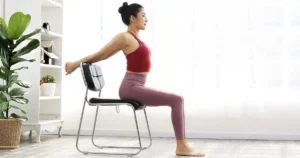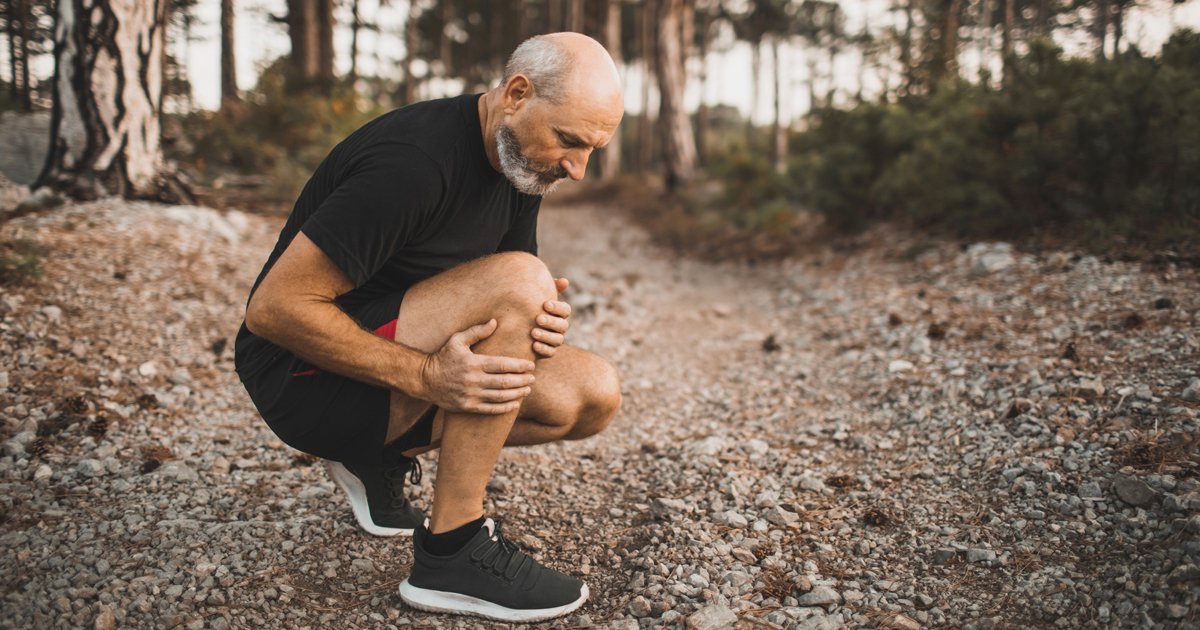As we age, staying active becomes increasingly important for maintaining overall health and well-being. However, for seniors dealing with knee pain, finding the right exercises can be challenging. High-impact activities like running or jumping can exacerbate knee discomfort, but that doesn’t mean you have to give up on cardio altogether. Low-impact cardio exercises are an excellent way to stay fit, improve joint mobility, and relieve knee pain without putting undue stress on your joints. Here are some safe and effective low-impact cardio exercises tailored for seniors with knee pain.
Walking

Walking is one of the simplest and most accessible forms of low-impact cardio. It strengthens the muscles around the knees, improves circulation, and helps maintain a healthy weight, which reduces pressure on the joints. To make walking more comfortable:
- Wear supportive, cushioned shoes.
- Walk on even surfaces like a treadmill, track, or paved path.
- Start with short distances and gradually increase as your stamina improves.
- Use walking poles for added stability and to reduce knee strain.
Swimming or Water Aerobics

Water-based exercises are ideal for seniors with knee pain because the buoyancy of water reduces stress on the joints while providing resistance for a full-body workout. Swimming laps or participating in water aerobics classes can improve cardiovascular health, build muscle strength, and enhance flexibility without aggravating knee pain. The water’s natural resistance also helps tone muscles without the need for weights.
Cycling

Cycling, whether on a stationary bike or a traditional bicycle, is a fantastic low-impact exercise that strengthens the quadriceps and hamstrings—key muscles that support the knees. The smooth, circular motion of pedaling minimizes joint impact while improving heart health and endurance. For added comfort:
- Adjust the bike seat to ensure your knees are slightly bent at the bottom of the pedal stroke.
- Start with shorter sessions and gradually increase duration and intensity.
Elliptical Training
The elliptical machine is a joint-friendly alternative to running. It mimics the motion of walking or running but without the harsh impact on your knees. The elliptical provides a full-body workout, engaging both the upper and lower body while improving cardiovascular fitness. To avoid strain:
- Maintain proper posture and avoid leaning on the handles.
- Start with a low resistance level and increase gradually.
Tai Chi

Tai Chi is a gentle form of exercise that combines slow, flowing movements with deep breathing and mindfulness. It improves balance, flexibility, and strength while being easy on the joints. The controlled movements of Tai Chi can help reduce knee pain by strengthening the muscles around the knee and improving joint stability. Many community centers and senior groups offer Tai Chi classes specifically designed for older adults.
Yoga

Yoga is another low-impact exercise that promotes flexibility, strength, and relaxation. Certain yoga poses can help alleviate knee pain by stretching and strengthening the surrounding muscles. Opt for gentle or chair yoga classes, which are tailored for seniors and those with joint issues. Avoid poses that require deep knee bends or put excessive pressure on the knees.
Seated Cardio Exercises

For seniors with severe knee pain or limited mobility, seated cardio exercises are a great option. These exercises can be done at home or in a group setting and include activities like seated marching, leg lifts, and arm circles. Seated cardio workouts improve heart health, circulation, and muscle tone without putting any strain on the knees.
Tips for Safe and Effective Low-Impact Cardio
- Warm-Up and Cool Down: Always start with a gentle warm-up to prepare your muscles and joints for exercise. End with a cool-down to prevent stiffness.
- Listen to Your Body: If an exercise causes pain or discomfort, stop immediately and consult a healthcare professional.
- Stay Consistent: Aim for at least 30 minutes of low-impact cardio most days of the week. Break it into shorter sessions if needed.
- Use Proper Form: Proper technique is essential to avoid injury and maximize the benefits of your workout.
- Consult a Professional: Before starting any new exercise program, consult your doctor or a physical therapist to ensure the activities are safe for your specific condition.
Conclusion
Knee pain doesn’t have to keep you from staying active and healthy. Low-impact cardio exercises like walking, swimming, cycling, and Tai Chi can help you maintain fitness, relieve knee pain, and improve your quality of life. By choosing the right exercises and listening to your body, you can enjoy the benefits of cardio without putting unnecessary stress on your joints. Remember, it’s never too late to start moving—your knees (and your whole body) will thank you!
